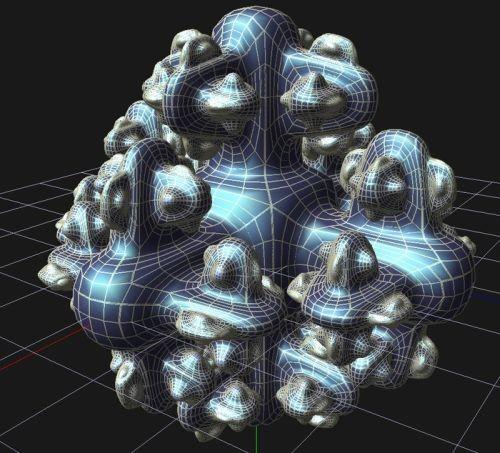Embedded Linux Conference Europe (ELC-E) 2012 wrapped up last week in Barcelona. By far, the most popular embedded platform of choice for demonstrations was BeagleBone. Here are four examples that include links to the slides taken from the eLinux wiki ELC-E presentation page. Videos of the presentations should be available from Free Electrons soon.
Matt Ranostay opened up the presentations with “Beaglebone: The Perfect Telemetry Platform?” where he explored various telemetry applications such as weather stations, radiation monitors, earthquake detection mesh networks, home security systems and entropy pool generation. He discussed sharing data with tools like COSM and the hardware and software he developed for his own Geiger Cape plug-in board.

Alan Ott of Signal 11 Software followed up with an excellent overview of “Wireless Networking with IEEE 802.15.4 and 6LoWPAN“. Alan discussed the power consumption of various wireless communications technologies, security and much more, including what is supported in Linux. Alan wrapped up with a demo using BeagleBone and an ultrasonic range finder. Dave Anders snapped a picture of the Altoids-tin encased demo.
Matt Porter of Texas Instruments stepped away from sensors and controls bringing back the Commodore 64 demoscene with “What’s Old Is New: A 6502-based Remote Processor“. While this might seem like a bit of a throw-back, many modern issues and solutions were explored to give us this taste of the past, including the Linux remoteproc/virtio interfaces to remote processors, the AM335x PRUSS processor that is extremely adept at bit-banging and the Fritzing design tool. Matt has also shared a picture of his wiring handy-work.
Finally, Koen Kooi of CircuitCo presented on one of the fundamental BeagleBone challenges, “Supporting 200 Different Expansionboards: The Broken Promise of Devicetree“. If you frequent #beagle, you probably already know that Koen isn’t easy to please and so the title shouldn’t be much of a surprise. You might then be surprised to note on the first slide where “broken” has been scratched out! We certainly aren’t there yet, but the device tree maintainers and AM335x kernel developers are starting to address the unique opportunities around BeagleBone cape expansion boards in the mainline Linux kernel, making a reality out of the dream of supporting hundreds of boards with a single kernel distributed ahead of the add-ons!
The continued enthusiasm of the embedded Linux community is just one element of what makes BeagleBoard.org successful, but it probably makes me happier than any other. With many of these developers moving the state of the Linux kernel ahead and even looking at sharing their hardware ideas in the BeagleBone Cape Plug-in Board Design Contest, I see a bright future where the largest collaborative software project of all time fully embraces the hardware and maker communities such that we can build a world where individuals and even children can reproduce electronics and computers down to the circuit level, not simply build on black magic.




